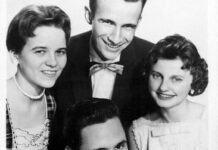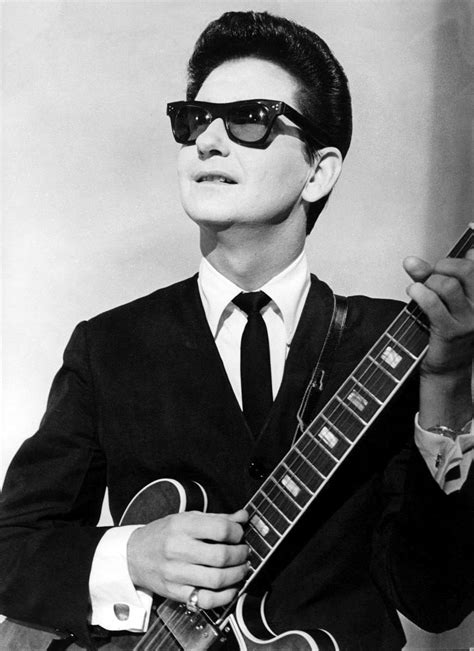By: Garry Moir, Winnipeg Free Press
Posted: 06/20/2015 3:00 AM
People don’t listen to the radio as much as they used to. Nor do they listen in the same way.
Listening to the radio was once a shared experience, with families gathered in their living room to hear the latest drama or hockey match. Today, radio listening is an individual exercise, most often occurring in a motor vehicle in the midst of rush-hour traffic. In an age of the Internet, smartphones, iPods, specialty television and social networking, it is perhaps remarkable anyone is tuning in to radio at all.

No medium has been written off more often. Yet, despite a fragmented media world, Canadian radio continues to chug along. According to 2013 CRTC statistics, radio generates more than a billion dollars in revenue annually, employs more than 10,000 people and provides local audiences with programming and advertising not always easily accessible through other mediums.
There is no single explanation as to why radio continues to survive. Obviously, it is extremely adaptable. The Internet and podcasts have provided new outlets through which people can listen. The radio station website offers a new source of revenue. Radio can be cheaply produced. The cost of radio advertising is but a fraction of most other mediums.
Radio’s greatest strength, however, has been the one constant throughout its history: it is the most intimate of all media. The emotional attachment between broadcaster and listener, while impossible to quantify, is real. We have all experienced it. Hearing a familiar voice after a long journey, a flood of memories when a certain song is played, a friendly companion on a lonely night or an interview so riveting that, even though you’ve reached your destination, you wait in your vehicle to hear how the story ends. It is the reason the medium remains special.
The staying power of local radio is also a testament to the people who built it. In its first 50 years, radio broadcasting was an exercise in experimentation from both a technical and programming perspective. Initially, having no model to guide them, local broadcasters broke new ground, with Manitoba leading the country in numerous areas. The first commercial radio licence ever issued went to a station in Winnipeg. The province had the first publicly owned broadcasting station. The first FM radio station in Western Canada began in Winnipeg, as did the first French-language station in the west.
And the list goes on.
Newspapers of the air
Newspapers too were getting into the act. They viewed radio as a way to promote circulation.
Winnipeggers opening the Free Press on March 23, 1922, were informed the newspaper had been granted a licence to operate a commercial radio station. Never before had the federal government authorized such a venture. The paper was bursting with enthusiasm for the new medium, noting that “thousands of amateurs throughout the continent are assisting in the exploitations of the radiophone and supplementing with new discoveries, a service the possibilities of which are so multifarious as to be almost unbelievable.” For the masses who had difficulties with such eloquence, the Free Press promised the new radio station would provide “the finest information and music” with concerts, lectures and sermons.
Ten days later, at 10 p.m., the ten-watt radio station went on the air with the ubiquitous Lynn Salton at the microphone. “Hello, hello, hello… Free Press broadcast number one.” There were solos, speeches, orchestral numbers and even a prayer. The newspaper proclaimed the event a great success with an estimated 8,000 listeners. The accuracy of that number is highly debatable, given the very weak signal emanating from the Free Press building on Carlton Street. Still, by the Free Press’s own account, “citizens from every part of the city telephoned their appreciation saying not a word or note was missed during the entire performance.”
Only a few blocks away, the competing Winnipeg Tribune heaped scorn on Free Press radio, referring to it as the “Carlton Street peanut whistle.” The Tribune had plans of its own for a bigger and more powerful radio station. The Marconi Company in Montreal had been commissioned to supply the latest equipment and engineering advice. The Tribune informed readers it was about to start “the first major broadcasting station in the prairie west.”
READ THE REST OF THE STORY HERE AT THE WINNIPEG FREE PRESS WEBSITE
Excerpted with permission from On the Air: The Golden Age of Manitoba Radio, published by Great Plains Publications, copyright 2015








I can identify two of the men in the photograph as I have it in my personal collection. It is John T Fiddes interviewing heavyweight boxing champ Jack Dempsey. John T was my great grandfather, he was an actor, a tenor who also dabbled in politics and ran theatres in Winnipeg including the College Theatre on Main. My Mother and Uncle Dody and Alan Holden lived in the theatre with John T and his wife Nan.
What a nice surprise to come across this article as Im a thirty year radio man myself with deep family roots in Winnipeg’s theatre and music scenes. I had to share.
Regards,
Bill Courage
Good day,
I would love to get in touch with Garry Moir about his Manitoba radio book. I will be publishing a book in the spring of 2017 on the history of Top 40 radio in Montreal and the early days of pioneer FM station CHOM (once owned by the legendary Geoff Stilring.) If somehow Garry gets this (or someone who knows him see this) then please have him get in touch with me at the e-mail in this message.
I appreciate your help,
Ian Howarth
freelance journalist
Montreal